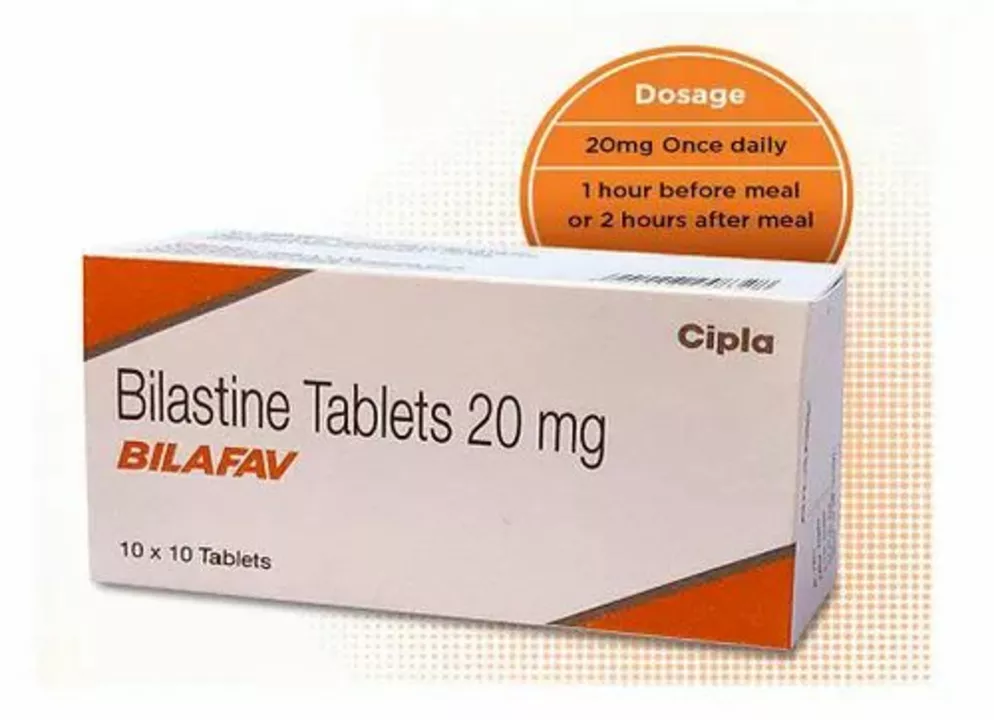Contact dermatitis: quick help for red, itchy rashes
Did a new soap, ring, or work chemical leave your skin angry and itchy? That's often contact dermatitis — a common reaction when something touches your skin and triggers irritation or allergy. Knowing the difference between the two main types helps you treat it faster.
Irritant contact dermatitis happens when a substance damages the skin’s surface. Think harsh cleaners, solvents, or repeated hand washing. Allergic contact dermatitis is an immune response to a specific trigger like nickel, poison ivy, fragrances, or certain preservatives in creams.
What it looks and feels like
Symptoms usually show where the skin touched the trigger. You may see redness, swelling, small blisters, dry cracked patches, or thickened skin if it’s chronic. Itching is common, and scratching can cause raw areas or infection. Allergic reactions can spread beyond the contact spot; irritant reactions usually stay local.
Easy steps to treat it at home
First, stop using the suspected product. Rinse the area with cool water to remove residues. Keep the skin clean and avoid scrubbing.
For mild flare-ups, apply a basic emollient or fragrance-free moisturizer several times daily to restore the skin barrier. Over-the-counter 1% hydrocortisone cream can ease itching and redness for short periods — use as directed and avoid long-term use on thin skin (face, groin).
If blisters are weeping, cover them with a clean dressing; wet compresses can calm severe itching. Oral antihistamines may help sleep by reducing itch at night, though they don’t fix the rash itself. Watch for signs of infection: spreading redness, warmth, pus, increasing pain, or fever — that means see a doctor.
For persistent or severe cases you may need prescription-strength topical steroids or other treatments like topical calcineurin inhibitors (useful on sensitive areas). Your doctor can decide what’s safest for you.
How to find and avoid triggers
If you can’t spot the cause, ask your dermatologist about patch testing. Patch testing identifies allergic culprits like metals, preservatives, and fragrances so you can avoid them for good. For workplace or hobby exposures, protective gloves (nitrile rather than latex if you’re allergic) and barrier creams help a lot.
Small habits make a big difference: switch to mild, fragrance-free soaps, rinse off detergents, wear cotton under work gloves, and test new products on a tiny skin patch before regular use. For jewelry, choose nickel-free metals; for plants, learn to recognize poison ivy/oak and wash skin quickly after contact.
If your rash is spreading fast, affects your face or genitals, causes swelling of the lips/eyes, or you have trouble breathing, get urgent medical help. Otherwise, with trigger avoidance and basic care most contact dermatitis flares settle in days to weeks. Want help narrowing down a trigger? A dermatologist or pharmacist can point you to safer product options and a tested plan to prevent repeat flare-ups.
The Role of Bilastine in Managing Contact Dermatitis

As a copywriter, I've recently learned about the role of bilastine in managing contact dermatitis. Bilastine, a second-generation antihistamine, has proven to be effective in reducing symptoms like itching and inflammation. It works by blocking histamine receptors, which are responsible for causing these allergic reactions. Furthermore, it has minimal side effects and doesn't cause drowsiness, making it a great option for those suffering from contact dermatitis. Overall, bilastine is a promising treatment that can help improve the quality of life for people dealing with this skin condition.
- April 27 2023
- Tony Newman
- 17 Comments
